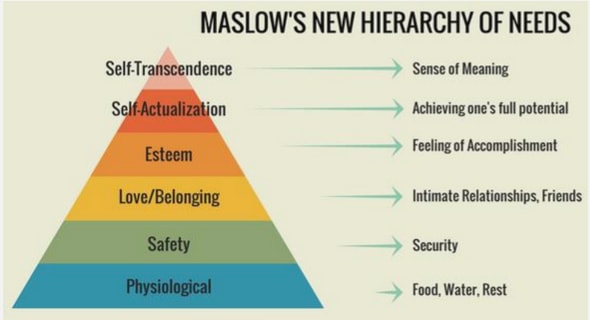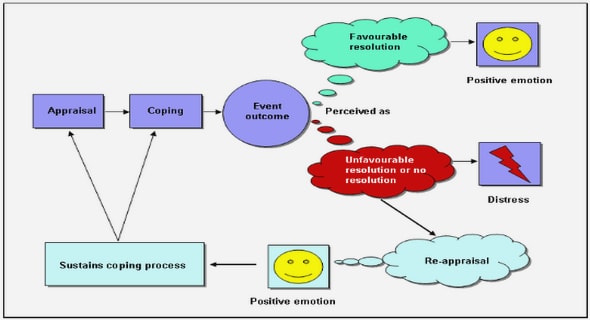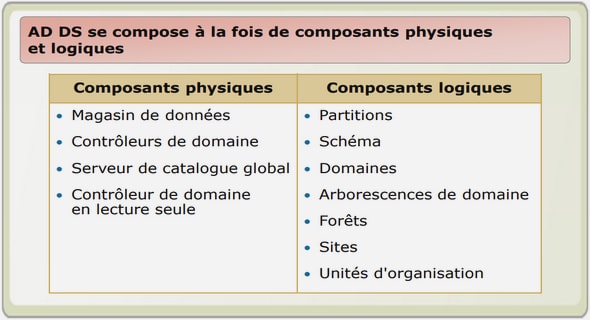Get Complete Project Material File(s) Now! »
Theoretical framework
Introduction
In the following chapter, the theoretical framework of this study is presented. The chapter is divided into six sections. The first section (material supply systems) introduces the conditions and purpose of a material supply system. The second section (design parameters) describes the fundamental general parameters that a material supply system is based on and their interrelated effects. The third section (technical tools) introduces what kind of technical assistance is available within material supply systems. The fourth section (material supply systems in the pharmaceutical industry) describes the characteristics of the industry and the context that this study will be conducted in and its effect on the material supply system. The fifth section (administrative resource consumption) introduces the administrative resource consumption and how it is affected by the given industry and the calibration of the parameters. The first five sections and their interrelations are illustrated in Figure 3. Finally, the sixth section (concluding theoretical framework) summarizes what theoretical findings will be utilized in this study
Material supply systems
A material supply systems fundamental purpose is to receive material and supply it to the points where it is demanded. The main activities needed to do so can be categorized as receiving, storing, order picking and shipping (Li et al., 2010). Within different industries and business functions, the circumstances and objectives for the systems differ vastly why different characteristics are valued in the material supply systems. However, the underlying mechanisms and fundamental principles for how a material supply system is designed and perform, are similar and possible to adapt to suit all requirements and circumstances posed by different industries and business functions (Li et al., 2010).
The aspects which stipulates the most fundamental condition for the material supply system come from two directions. One is the requirements from the demand side which stipulates the service level, which describes under which circumstances the supply should be delivered towards the customer side, out of the system. From the other side of the system there is a delivery lead-time which describes under which circumstances the supply will be delivered into the system. Between those, often fixed parameters, the work activities in the system occur, aiming to maintain the service level based on the conditions set by the suppliers of the material. Within the boundaries stated above, the material supply system is designed and should aim to perform cost-efficiently (Johansson, 2007; Jonsson & Mattsson, 2016)
Material supply systems in the pharmaceutical industry
The demand for greater product variation and shorter lead-times have directed companies in different industries to focus their research towards developing the material supply systems to accommodate the market requirements. The aggregated knowledge has been widespread and utilized and adapted to many different industries and business functions, even many that has not been driving the development, have still benefited from the derived knowledge and implemented the theories (Li et al., 2010). Research and development plants within the pharmaceutical industry however, has not benefitted from the development of theories and practices for material supply systems substantially. Therefore, material supply systems are a relatively unexplored research area within that specific context (Shukran et al., 2017).
The reason behind the pharmaceutical industry’s neglect in material supply systems in research and development plants may be because it is considered to stand too far outside the key activities. Further, the circumstances for the materials in the system are regulated by very strict laws which makes the conditions for improvement complex and difficult for professionals from other industries to grasp (Benner, 2009; Nematollahi, 2018). Also, the nature of the consumption is far more unpredictable within research and development compared to manufacturing. Further, the scientific experiments conducted require a wide variety of perishable materials in varying amounts. The researchers consuming the materials that are supplied by the system are incurring high labor costs and utilize expensive machinery why the access to the material historically has been considered a very important aspect of the system and cost has not been considered extensively (ExploreHealthCareers, 2018; Nematollahi, 2018).
The common aspects generally sought after from a material supply system is a high service level provided at the lowest possible cost. Consequently, the efforts within the research discipline has been focused on how to find a perfect balance between the two, and how to maintain the service level at ever decreasing costs. Within the pharmaceutical industry in research and development plants however, the emphasis on availability and met safety regulations is regarded far superior to all other aspects. The cost aspect has therefore lacked emphasis. Lowering the service level in favor of cost is therefore not an attractive option. Reducing cost should instead be achieved by operating more efficient (Benner, 2009). The factors with the greatest importance that differentiate material supply systems in research and development plants in the pharmaceutical industry, from general material supply systems are illustrated in Figure 4.
Design parameters
In this section the design parameters which form the base for material supply systems are introduced and theorized. The parameters are listed in Table 1 together with brief descriptions
Inventory structure
Centralization is a term used to describe the structural layout of a material supply system. The level of centralization within a material supply system is dependent on the number of inventory levels and the total number of inventory points. The fewer inventory levels and points, the more centralized the material supply system is. The relation between inventory levels and inventory points is illustrated in Figure 2. The level of centralization affects the performance of the material supply system in terms of for example distance to customer, cost of transport, delivery time, economies of scale, amount of non-value adding activities and obsolescence (Jonsson & Mattsson, 2016).
The fundamental theory behind the different types of structures is that a centralized system will require a lower inventory holding cost while a decentralized system will incur less transportation cost. The reason for the lower transportation costs is that a higher number of inventory points reduces the delivery area every point must cover and thereby shortens the distance of the transportation (Jonsson & Mattsson, 2016). The holding cost is lower with a centralized structure because the risk of running out of supply is mitigated by consolidating the inventory to fewer inventory points per level in the inventory structure. With a stochastic demand, a centralized safety stock will provide a higher service level than several safety stocks in a decentralized structure with the same total stock level. That is because variations in demand from a greater amount of inventory points will neutralize each other when they are consolidated to one point. A higher demand than expected from one inventory point will be levelled out by a lower demand than expected from another point. The risk of a certain portion of all inventory points having unexpected high demands at the same time, resulting in shortage, is lowered as the total amount of inventory points per supplying inventory increases (Lee Jeong, 2009). Thus, establishing the optimal inventory structure means finding the perfect balance between transportation cost and inventory holding cost that is associated with the decision on level of centralization (Lee & Jeong, 2009).
The product characteristics and the transport situation also affect which level of centralization is most beneficial in a specific context. High product value in comparison to the transportation cost makes the conditions for a centralized structure fruitful because it results in high inventory holding and obsolescence costs. Those costs are mitigated by utilizing a centralized structure. The nature of the demand affects the conditions as well. Frequent and small orders make the transportation cost greater per delivered product (Jonsson & Mattsson, 2016). Apart from the balance between transportation cost and the inventory holding cost, there are usually more administrative and handling costs associated with a decentralized structure. If the decentralization implies more inventory levels, the goods will have to be loaded and repacked more times. A general increase of inventory points might also require more employees in total. That is because the utility management is more difficult when the demand is varying, small and spread to several locations which usually is the consequence of decentralization. Further, in a centralized structure the inventories are bigger with greater turnover which makes it justifiable to invest in expensive but efficient equipment that can improve the efficiency of the employees in the inventory (Hartman & Dror, 2003).
All the factors above affect the profitability of utilizing either a centralized or decentralized inventory structure. Further, even with a given degree of centralization, the system can be calibrated and managed in countless combinations. A general formula for the optimal structure is therefore not available. However, there are two formulas that can be used for guidance when designing an inventory structure. The first one is concerning the amount of total inventory needed to maintain a given service level depending on number of inventory points. If n is the number of inventories there used to be within an inventory level and m is the number of inventories there will be in the future, the total amount of stock needed with a given service level changes as follows (Jonsson & Mattsson, 2016).
Formula 1: ℎ = 1 − √ /√
The second formula describes the inventory handling cost in relation to size of the inventory where H = handling cost and N = size of inventory. It states that the inventory handling cost grows at a factor as follows (Eppen, 1979).
Order point
The order point is a given inventory level which indicates that an order needs to be placed to replenish the inventory. The order point should represent the amount of inventory needed to supply the demand during the delivery lead-time. Further it should leave room for variations in demand during delivery lead-time and overall uncertainty. That is done by adding a safety stock which, in practice, is an excess inventory which is never utilized if the demand is completely stable. It is described further in Chapter 2.4.4. The order point can be calculated as follows (Jonsson & Mattsson, 2016):
When the order point is reached, an order is generated. The size of the order should be the pre-decided order quantity, which is introduced in the next Chapter 2.4.3, and the possible shortfall. The shortfall represents the difference between the order point and the actual inventory which may occur if there is a large outtake from the inventory causing the inventory level to drop below the order point (Caceres, 2018). Figure 5 illustrates the inventory level during theoretical period where four orders are generated and received
1 Introduction
1.1 BACKGROUND
1.2 PROBLEM DESCRIPTION
1.3 PURPOSE AND RESEARCH QUESTIONS
1.4 SCOPE AND DELIMITATIONS
1.5 OUTLINE
2 Theoretical framework
2.1 INTRODUCTION
2.2 MATERIAL SUPPLY SYSTEMS
2.3 MATERIAL SUPPLY SYSTEMS IN THE PHARMACEUTICAL INDUSTRY
2.4 DESIGN PARAMETERS
2.5 TECHNICAL TOOLS
2.6 ADMINISTRATIVE RESOURCE CONSUMPTION
2.7 CONCLUDING THEORETICAL FRAMEWORK
3 Method and implementation
3.1 RESEARCH PROCESS
3.2 RESEARCH APPROACH
3.3 RESEARCH DESIGN
3.4 DATA COLLECTION
3.5 DATA ANALYSIS
3.6 RESEARCH QUALITY
4 Findings and analysis
4.1 CASE COMPANY
4.2 RESEARCH QUESTION 1
4.3 RESEARCH QUESTION 2
5 Discussion and conclusions
5.1 DISCUSSION OF FINDINGS
5.2 DISCUSSION OF METHOD
5.3 CONCLUSIONS
References
GET THE COMPLETE PROJECT


